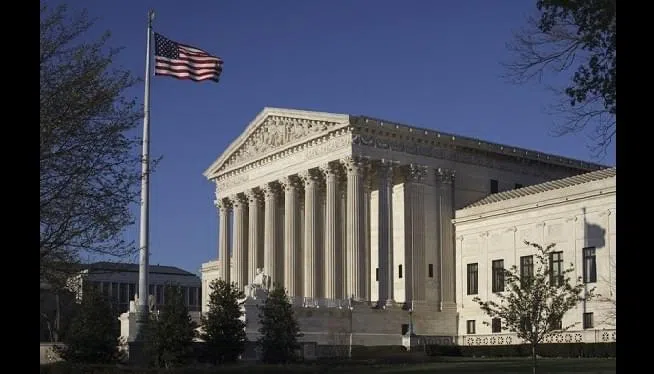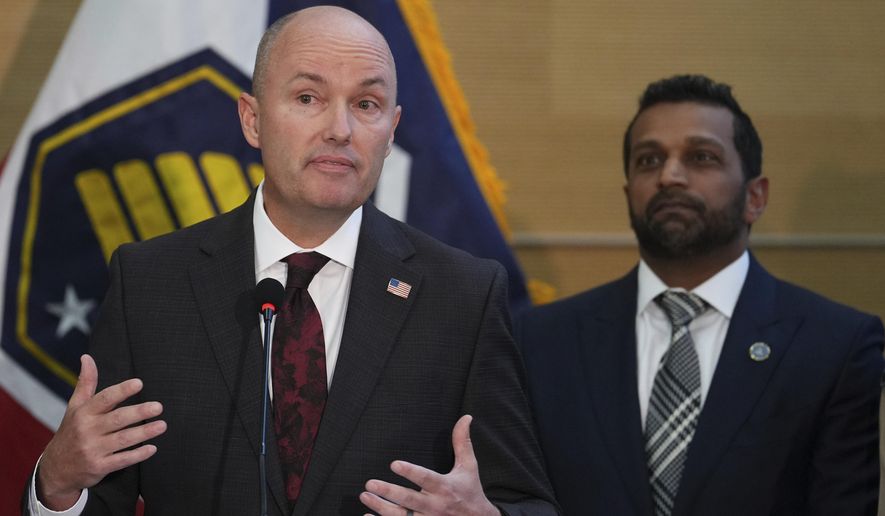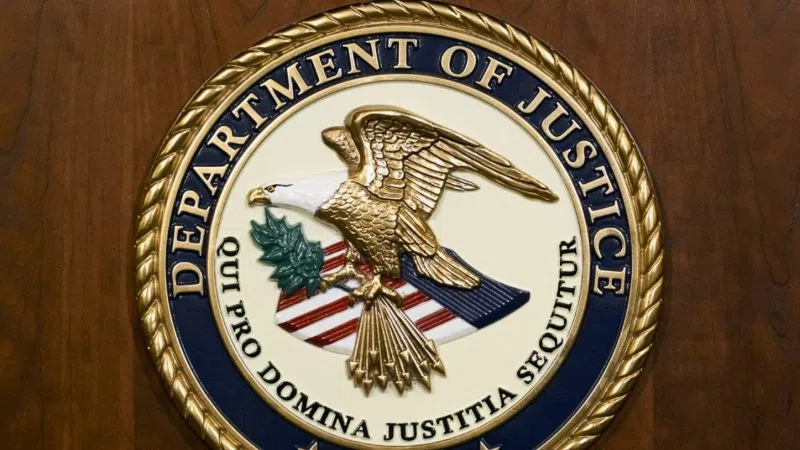By Ariane de Vogue
CNN Supreme Court Reporter
WASHINGTON — For the second time this term, the Supreme Court will take up the issue of partisan gerrymandering in a case that could revolutionize how states draw their legislative lines.
Redistricting challenges in several states are percolating through the federal courts and players on both side of the political spectrum want the high court to step in, for what would be the first time, and decide when politicians go too far in drawing their maps.
While the Supreme Court has a standard limiting the overreliance on race in map drawing except under the most limited circumstances, it has never been successful in developing a test concerning political gerrymandering.
The fact that the court has agreed to hear two cases on the issue suggests that at least some of the justices feel like they may be able to find a manageable framework and establish limits on extreme gerrymandering. Or that a majority is ready to move on from the issue.
How the court rules could dramatically impact future races, as Democrats try to win back the House amid widespread unhappiness at President Donald Trump. Recently a state court in Pennsylvania redrew congressional districts there, possibly serving to erase the Republicans’ 12-6 district advantage.
Unlike a host of gerrymandering challenges from Democrats in recent years, Wednesday’s case is a challenge brought by a group of Republican voters to Maryland’s 6th District. The challengers say that after the last census, former Democratic Gov. Martin O’Malley led the charge to redraw the lines to unseat long-time GOP incumbent Roscoe Bartlett.
The challengers say Democrats diluted the votes of Republicans in that district, moving them to another district that had a safe margin for Democrats. They say that the Democratic politicians violated the free speech rights of voters by retaliating against them based on their party registration and prior voting history.
“What happened in Maryland’s Sixth District,” the challengers argued in court papers, “is a clear violation of the First Amendment, which forbids states from disfavoring citizens on the basis of their political views.”
In 2010, Bartlett won his district with by 28 percentage points, but he lost after the new maps were drawn in 2012 by 21 percentage points.
The challengers suffered a setback in the lower court, however, when a special three-judge panel of federal judges refused to issue a preliminary injunction.
The majority held that the court is “not yet persuaded that it was the gerrymander (versus a host of forces present in every election) that flipped” the Sixth District.
But Judge Paul V. Niemeyer dissented from the opinion and complained that while Democrats and Republicans have “decried” partisan gerrymandering “when wielded by their opponents,” they continue to use it for their own self-interest.
“The problem is cancerous, undermining the fundamental tenets of our form of democracy,” the Niemeyer wrote.
Lawyers for Maryland defend the map and argue in court papers that if the challengers prevail in their First Amendment challenge, it will mean that “any partisan motive” by political players would constitutionally doom all maps. And they note that their plan was “legislatively enacted, petitioned to referendum, and approved by a majority of voters.”
The justices are hearing the case just five months after they heard a similar case with slightly different facts out of Wisconsin. Most significantly, that case is a statewide challenge brought by Democratic challengers to Republican-drawn state legislative maps. Instead of relying solely on a challenge under the First Amendment like in the Maryland case, challengers in Wisconsin say the maps violated the Equal Protection clause of the 14th Amendment.
It is unclear why the Supreme Court added the Maryland case to the docket after hearing arguments in the Wisconsin case.
“This is a rare opportunity to peek behind the scenes at the court,” said Justin Levitt, an elections law expert at Loyola Law School. “The court may well use this argument over Maryland districts to test the implications of their draft opinions about a Wisconsin case presented a few months ago.”
During arguments concerning the Wisconsin maps back in October, the justices seemed deeply divided.
Justice Anthony Kennedy, whose vote could be key, gave little indication which way he would vote in the case. At one point he expressed concern about whether challengers had the legal right, or “standing” to bring a challenge on a statewide basis. But Kennedy, a centrist conservative who sometimes provides the key swing vote, also seemed sympathetic to the challengers’ First Amendment argument.
Chief Justice John Roberts, however, worried about the courts getting involved in the issue expressing some concern that it could make them look political. And liberal Justice Ruth Bader Ginsburg thought a workable standard would be possible to protect what she called “the precious right to vote.”
The Maryland case is unusual because it is brought by Republicans, while the other challenges in Wisconsin, North Carolina, Texas and Pennsylvania come from Democrats.
Michael C. Li of the Brennan Center for Justice at New York Law School says that gerrymandering is a bipartisan problem.
“The only reason you don’t see more Democratic gerrymandering this decade is that Republicans won big in the 2010 landslide and got to be in control of redistricting in the following year,” He noted that if Democrats win big in 2018 and 2020, the shoe could be on the other foot.
The-CNN-Wire ™ & © 2018 Cable News Network, Inc., a Time Warner Company. All rights reserved. (Photo: AP)
























